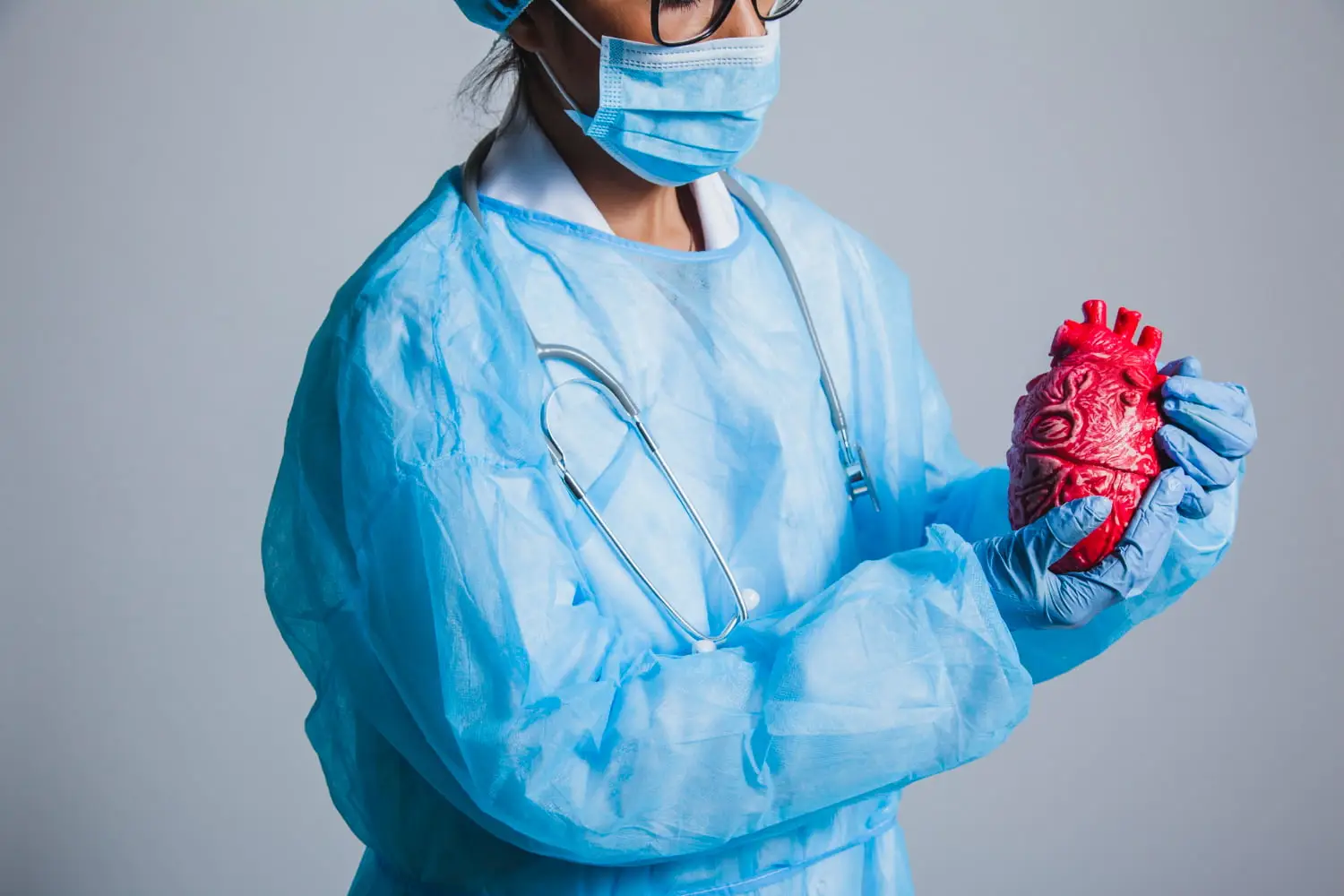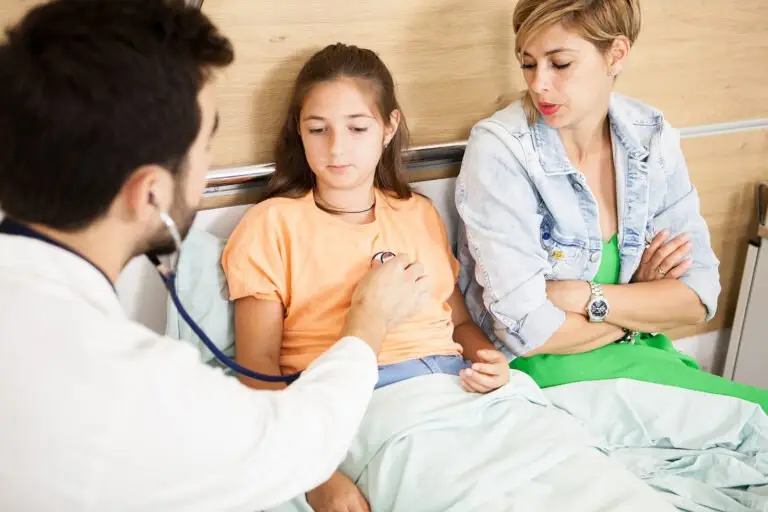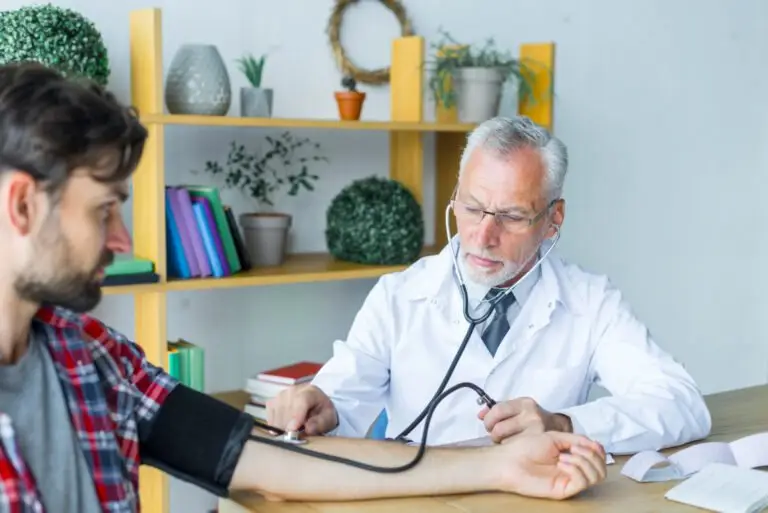The human heart, a tireless pump silently keeping us alive, has long been a source of fascination and medical marvel. But just like the heart itself, the field of cardiology is constantly evolving. Thanks to a surge in technological advancements, the way we diagnose, treat, and prevent heart disease is undergoing a remarkable transformation. This isn’t just about fancy gadgets; it’s about empowering patients, improving outcomes, and giving hearts a fighting chance.
From Fuzzy Images to Crystal Clear Views: The Power of Advanced Imaging
Imagine trying to navigate a maze blindfolded. That’s what diagnosing heart problems used to be like. Thankfully, advanced imaging techniques are providing cardiologists with an unprecedented view of the heart’s inner workings.
- 3D Echocardiography: This technology goes beyond traditional 2D ultrasounds, creating a detailed 3D model of your heart. This allows doctors to pinpoint abnormalities with exceptional accuracy, improving diagnosis of congenital heart defects and valve problems.
- Cardiac MRI: Using powerful magnets and radio waves, cardiac MRI paints a clear picture of the heart muscle, its function, and surrounding tissues. This is invaluable for assessing damage after a heart attack or for evaluating the viability of heart tissue before bypass surgery.
AI: The Superpower in Your Doctor’s Pocket
Artificial intelligence (AI) is no longer science fiction. In cardiology, AI algorithms are becoming powerful allies, analyzing vast amounts of patient data to:
- Predict Heart Disease Risk: AI can analyze medical history, blood tests, imaging results, and even genetic information to identify individuals at high risk of heart disease. This allows for early intervention and preventive measures.
- Improve Diagnosis: AI can sift through complex medical data, identifying subtle patterns in ECGs or echocardiograms that might escape the human eye. This translates to quicker and more accurate diagnoses.
- Optimize Treatment Plans: AI can analyze treatment responses from various patients, helping doctors tailor therapy plans to each individual’s specific needs and improve overall outcomes.
Telecardiology: Bringing Specialist Care to Your Doorstep
For people living in remote areas or with limited mobility, access to specialized cardiac care can be a challenge. Telecardiology is bridging this gap by enabling remote consultations with cardiologists. Through video conferencing and secure transmission of medical data, patients can receive expert advice and personalized care plans from the comfort of their homes.
Wearables: Your Heart’s Constant Companion
Imagine having a miniaturized cardiologist on your wrist! Wearable devices with ECG sensors are becoming increasingly popular. These devices can continuously monitor your heart rhythm, detecting irregularities like arrhythmias and alerting both you and your doctor to potential problems. This allows for early intervention and prevents complications.
The Human Touch: Technology with a Heart
While technology is revolutionizing cardiology, it’s important to remember that it complements, not replaces, the human touch. A doctor’s expertise, empathy, and bedside manner are irreplaceable. Technology empowers doctors to provide better care, but the human connection remains central to the healing process.
Taking Charge of Your Heart’s Health
These advancements place some power directly in your hands. By understanding these technologies and being proactive about your heart health, you can become a partner in your own care. Here are some steps you can take:
- Talk to your doctor: Discuss your risk factors for heart disease and explore the use of wearable technology for monitoring.
- Maintain a healthy lifestyle: Exercise regularly, eat a heart-healthy diet, and manage stress to keep your heart strong.
- Don’t ignore warning signs: Be aware of symptoms like chest pain, shortness of breath, or palpitations, and seek medical attention promptly.
Technology is undoubtedly transforming the landscape of cardiology. With these innovations in our hands, we can work together with healthcare professionals to create a future where hearts beat stronger and healthier lives are lived to the fullest.




